Deafblind Manual
This page explains what Deafblind Manual is, who uses it and how to learn it.
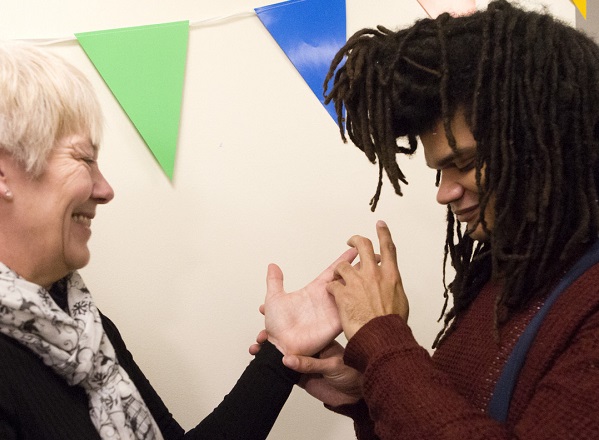
What is Deafblind Manual?
Deafblind Manual is a way to communicate using touch only, not sight or speech.
Words and sentences are spelt onto your hand using individual letter signs.
These are based on the British Sign Language (BSL) fingerspelling alphabet. Some of the BSL signs have been changed to make them work better with touch only.
Who uses Deafblind Manual?
Deafblind Manual is used by people who have little or no sight and hearing.
People who are deafblind can experience more barriers accessing information, communicating with people and getting about each day. Deafblind Manual can help to break down some of these barriers.
“Don’t worry about taking breaks between words or pausing at the end of sentences. Let each word roll into the next one, just like you do when you’re talking.”
Jo Stokes, Quality and Practice Manager, Sense
Watch Dan communicating with Deafblind Manual
Before you read on…
- You can communicate using a mix of different ways. (We all do!)
- At Sense, we use whatever combination of speech, touch, sign or visual language works best.
- It’s never too late to start.
- Have a go and don’t worry about getting it wrong.
How Sense can help
We offer free and impartial information about living with complex disabilities and deafblindness.
Get in touch by phone, email, post or through a BSL interpreter.
How can I start to learn Deafblind Manual?
Below are pictures of some of the Deafblind Manual alphabet signs, with simple instructions. Practise these and the other signs every day for 10 minutes and you’ll pick it up in no time.
Watch how to use the Deafblind Manual alphabet
Complete Deafblind Manual
View this as a separate page for easy printing or you can order a leaflet
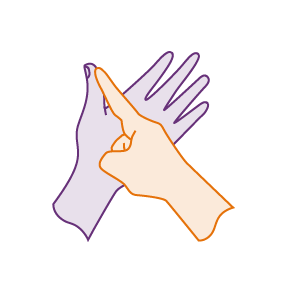
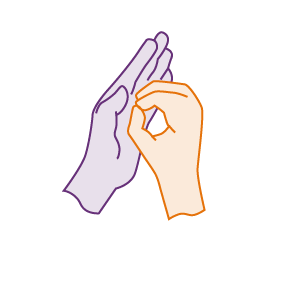
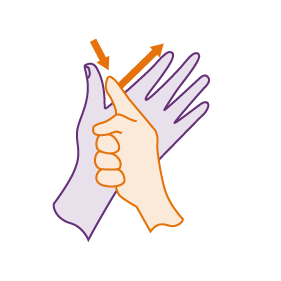
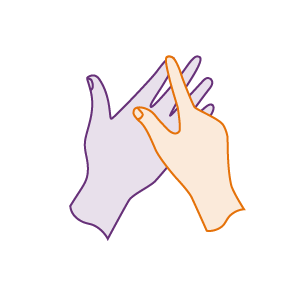
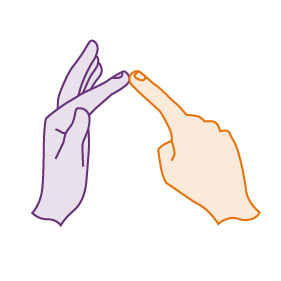
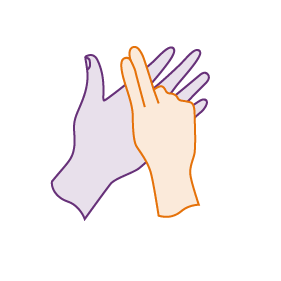
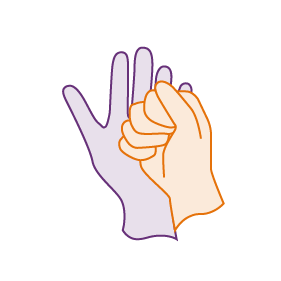
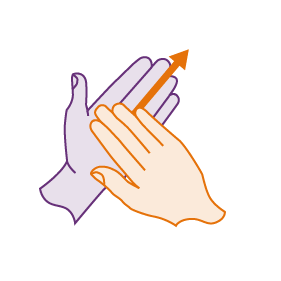
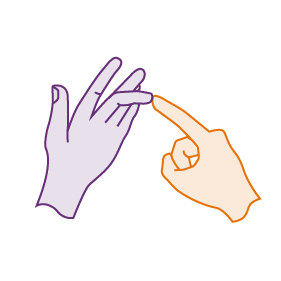
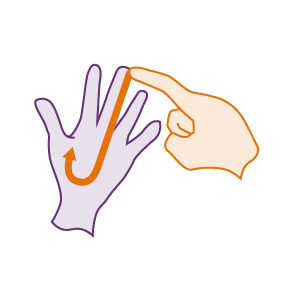
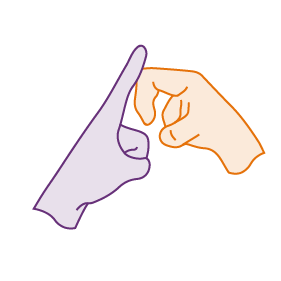
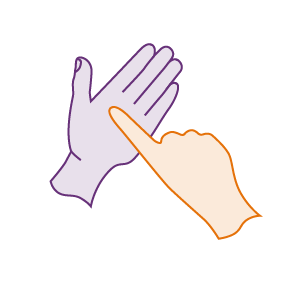
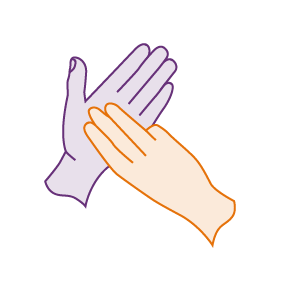
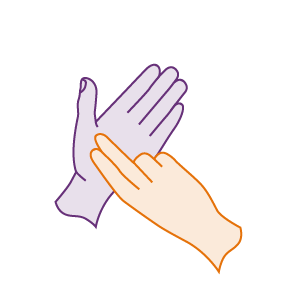
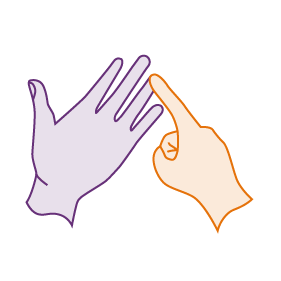
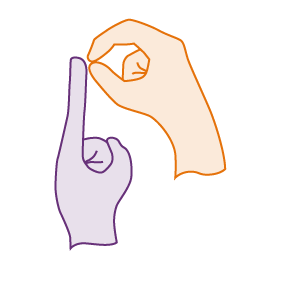
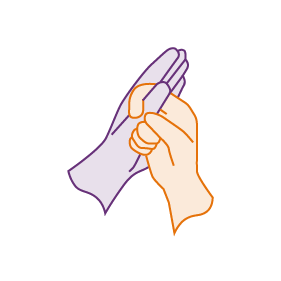
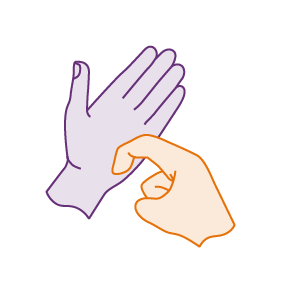
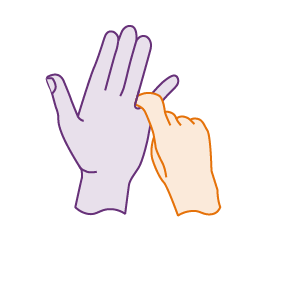
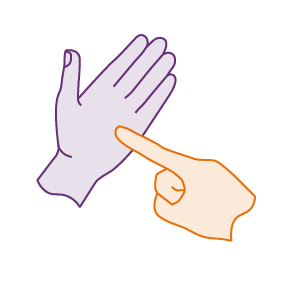
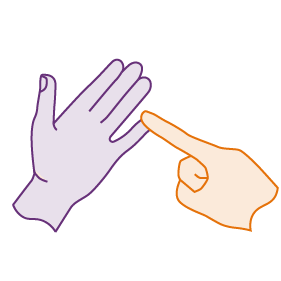
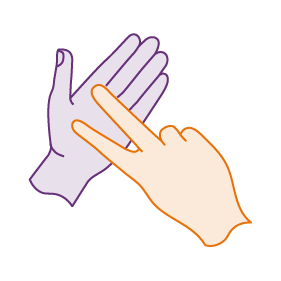

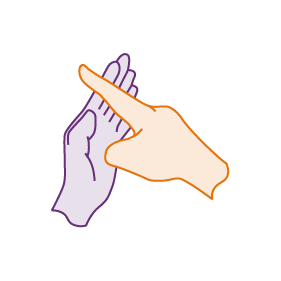
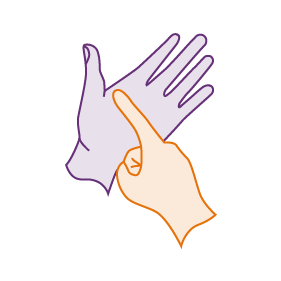
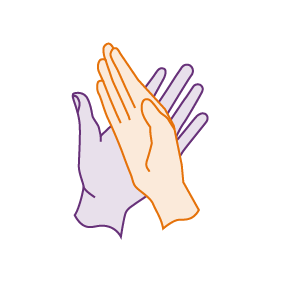
Other types of communication
These are the main ways of communicating that we use:
-
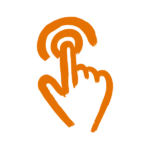
Using touch
- Braille uses raised dots to touch.
- Block alphabet spells letters on to your hand.
- Moon uses raised lines, curves and dots to touch.
- Tadoma uses lipreading by touch.
- Hand-under-hand signing using touch.
-

Using signs
- Sign language.
- Makaton, a simpler version of sign language.
- Visual frame signing for people with reduced vision.
- Objects of reference
-

Using speech
-

Also
- Non-formal communication without speaking, writing or signing.
- Intensive interaction treating everything as communication.
Stay in touch
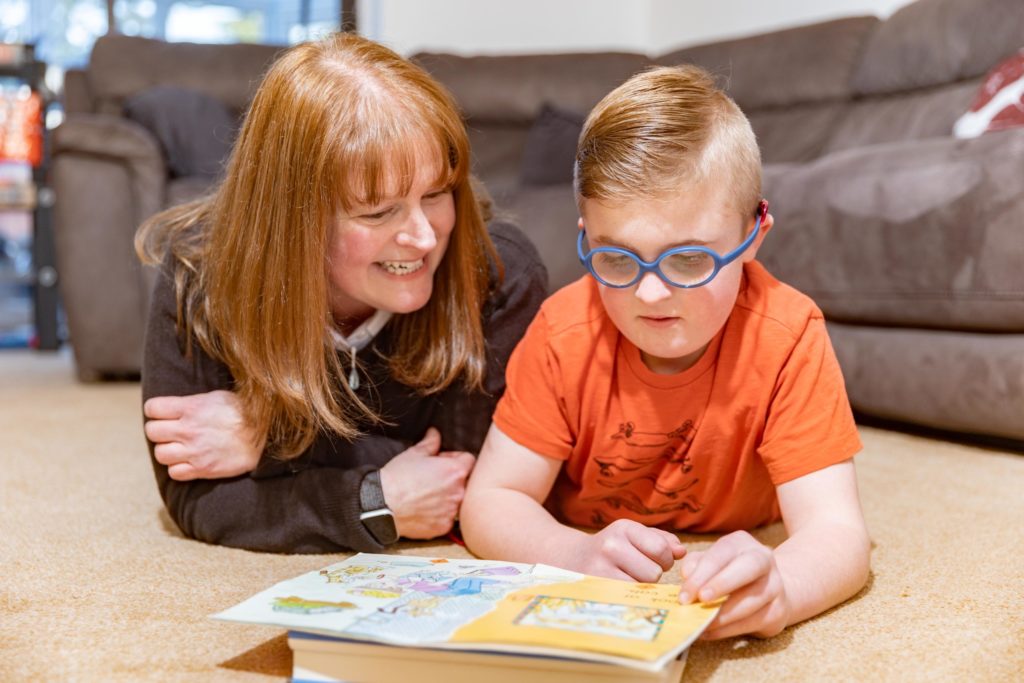
Get updates about our vital work, including volunteering, making a donation or supporting Sense campaigns.
This content was last reviewed in April 2023. We’ll review it again in 2025.
